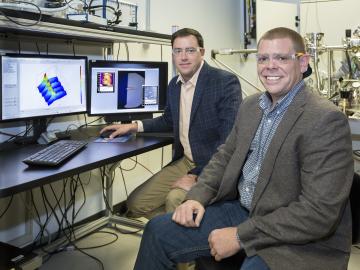Filter News
Area of Research
News Type
News Topics
Media Contacts
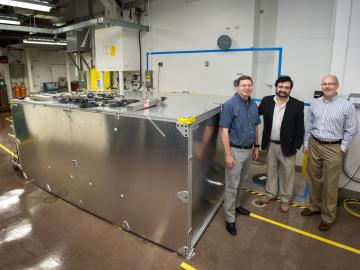
Approximately 100 trillion neutrinos bombard your body every second—but you don’t notice these ghostly subatomic particles. Because they are electrically neutral and interact with other matter via the weak force, their detection is difficult—and the subject of challenging experimen...
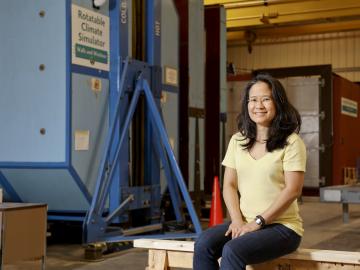
When Diana Hun left her home in Panama City, Panama, to attend school at the University of Texas in Austin, she knew she wanted to be an engineer. Exactly which branch of engineering to pursue was not quite as straight-forward. Hun studied both mechanical and electrical engin...
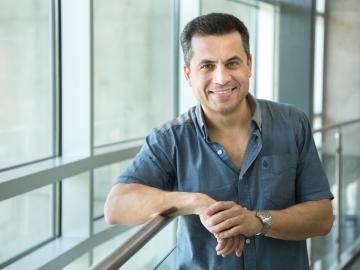
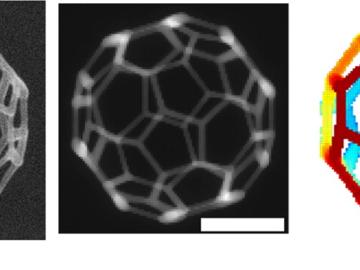
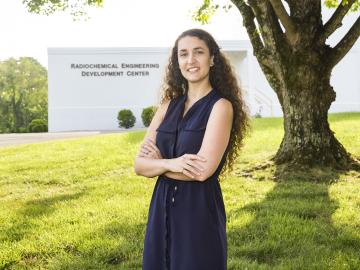
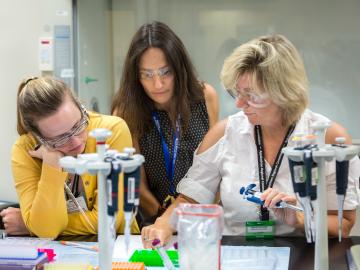
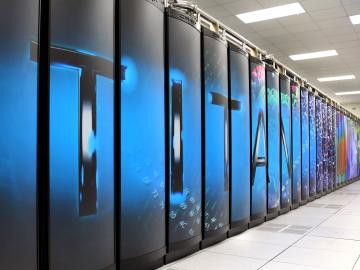
The Department of Energy’s Oak Ridge National Laboratory will add its computational know-how to the battle against cancer through several new projects recently announced at the White House Cancer Moonshot Summit.
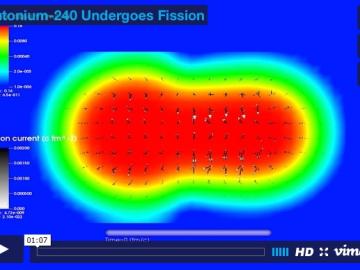
While trying to fatten the atom in 1938, German chemist Otto Hahn accidentally split it instead. This surprising discovery put modern science on the fast track to the atomic age and to the realization of technologies with profound potential for great harm or great help. Altho...
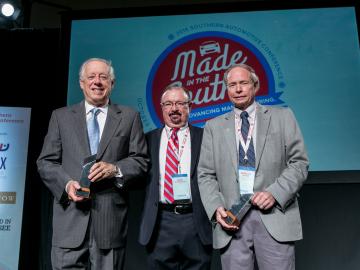
Sitting in the driver’s seat comes naturally to Ron Graves, the recently retired head of Oak Ridge National Laboratory’s sustainable transportation program. Graves has logged more than 100 days on national racetracks like Daytona, Road Atlanta, and Pocono where he routinely reache...
